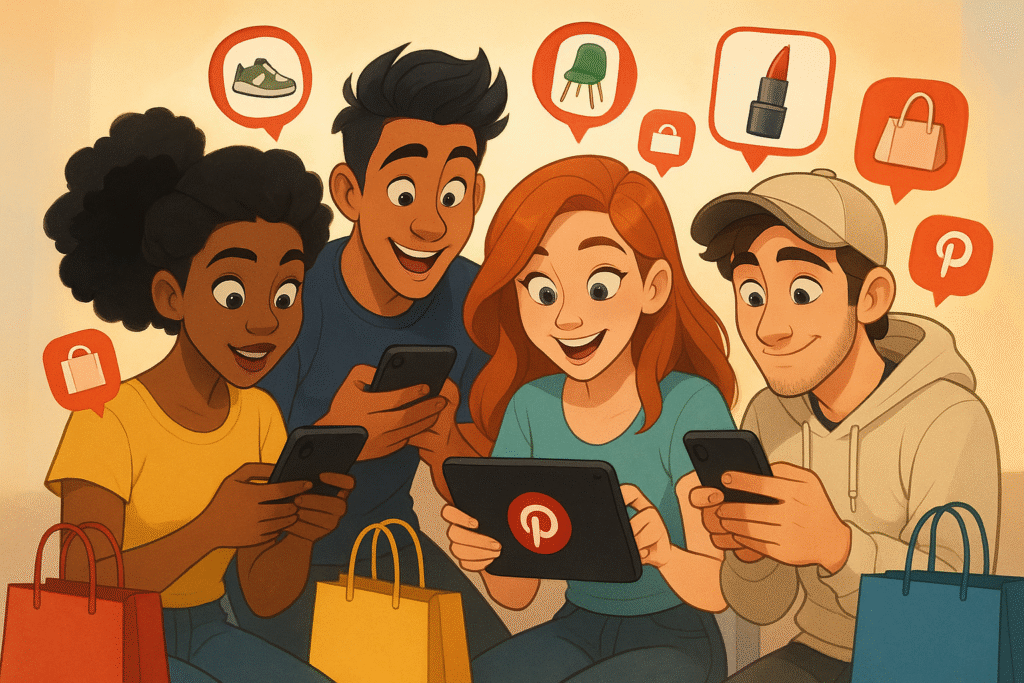
My Pinterest rep reminded me last week about something that stuns many business leaders.
“Most entrepreneurs still think Pinterest is all Gen X women getting inspiration for kitchen renovations,” she said. “But Gen Z is now our fastest-growing audience and 42% of our global user base.”
I’ve been using Pinterest ads for years, yet its evolution keeps impressing me.
She continued: “And here’s the difference-maker: the main reason Gen Z uses Pinterest is to find information about products and brands. They’re usually not killing time or dreaming. They’re shopping.”
The numbers back this up. When asked about shopping intent on Pinterest:
- 39% of people ages 18-24 are actively looking for products, as are
- 37% of people ages 25-34
- 35% of people ages 35-44
The platform you’ve probably mentally categorized as “mood boards for home decorating” has quietly shaped-shifted into a product discovery engine for the demographic everyone’s chasing.
This isn’t unique to Pinterest either.
I’ve seen LinkedIn become a content powerhouse where B2B buyers discover products through thought leadership, well beyond networking and posting in-car Ted Talks.
TikTok users increasingly search for product reviews and “get ready with me” content that drives purchasing decisions. Same with YouTube Shorts.
Instagram has evolved from photo-sharing to shopping destination.
Platform demographics shift faster than our assumptions about them. Online shop integrations turn places like Pinterest, TikTok and Meta into complete transactional platforms.
In I Need That, I discuss how successful products find their audience by testing assumptions rather than relying on conventional wisdom. The same principle applies to platform selection — what worked two years ago might be completely off-target today.
Product Payoff: Glossier initially built its beauty empire on Instagram when most cosmetics brands were still focused on traditional beauty magazines and department store partnerships.
But as Glossier’s audience evolved, they quietly expanded to Pinterest (where beauty searches increased 75% year-over-year) and TikTok (where #glossier content has generated over 500 million views).
Rather than chasing the biggest trending platform, they followed their customers’ behavior patterns across multiple touchpoints.
Test this week: Take a fresh look at your own current platform assumptions. Pick ONE platform you’ve dismissed and spend 15 minutes researching its current demographics, not what you think you know about its user base.
Look specifically at shopping intent data and age breakdowns for your industry. You might discover your ideal customers are already active somewhere you’re not.
And even if the platform isn’t packed with the people you’re selling to, they may be easier to target (and by fewer competitors) on it.
That means lower ad costs for you.
Which platform has surprised you most when you learned about its actual demographics versus your assumptions?
Tap that reply arrow and share your biggest platform misconception.
Or reach out to my team of product marketing specialists at Graphos Product.
